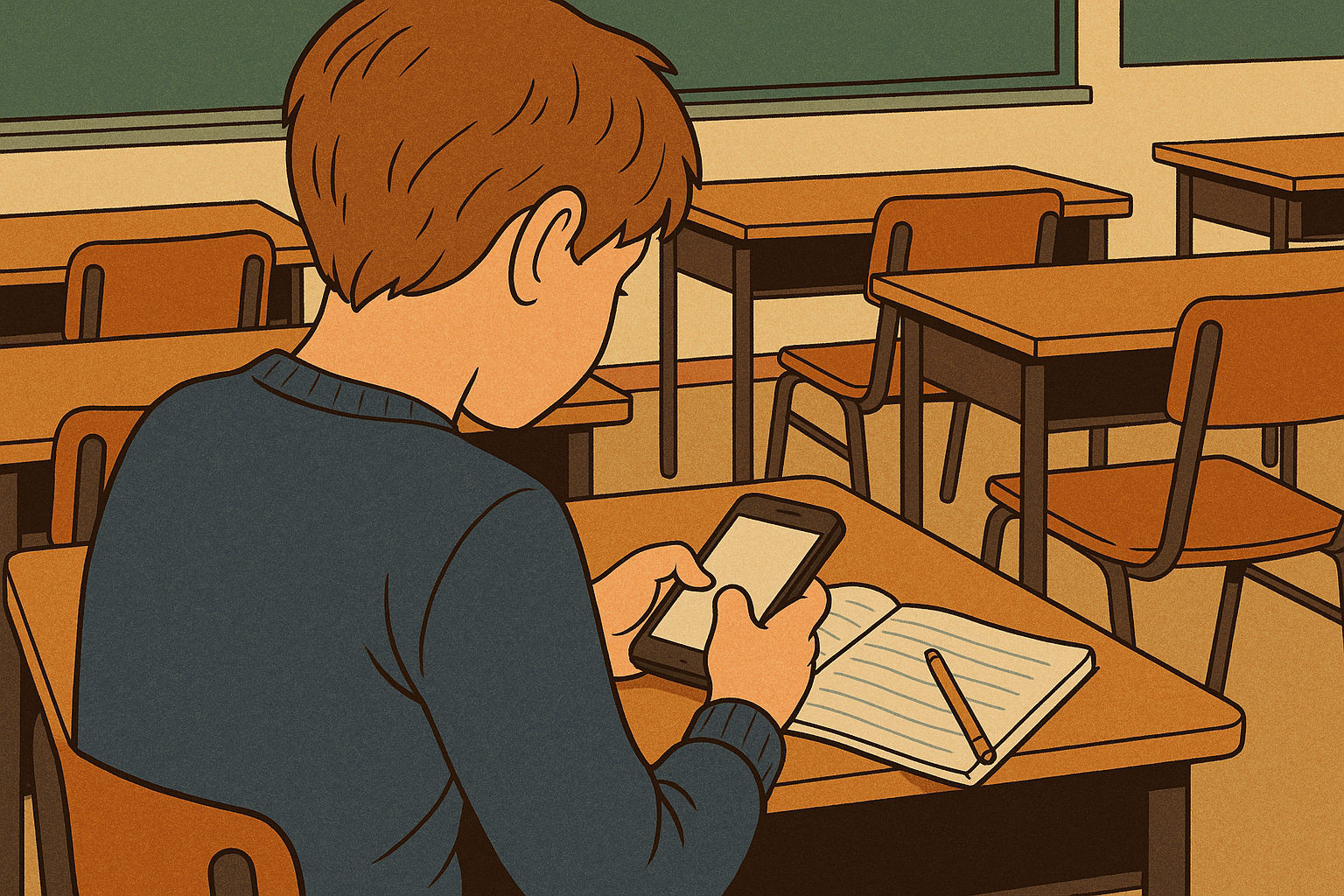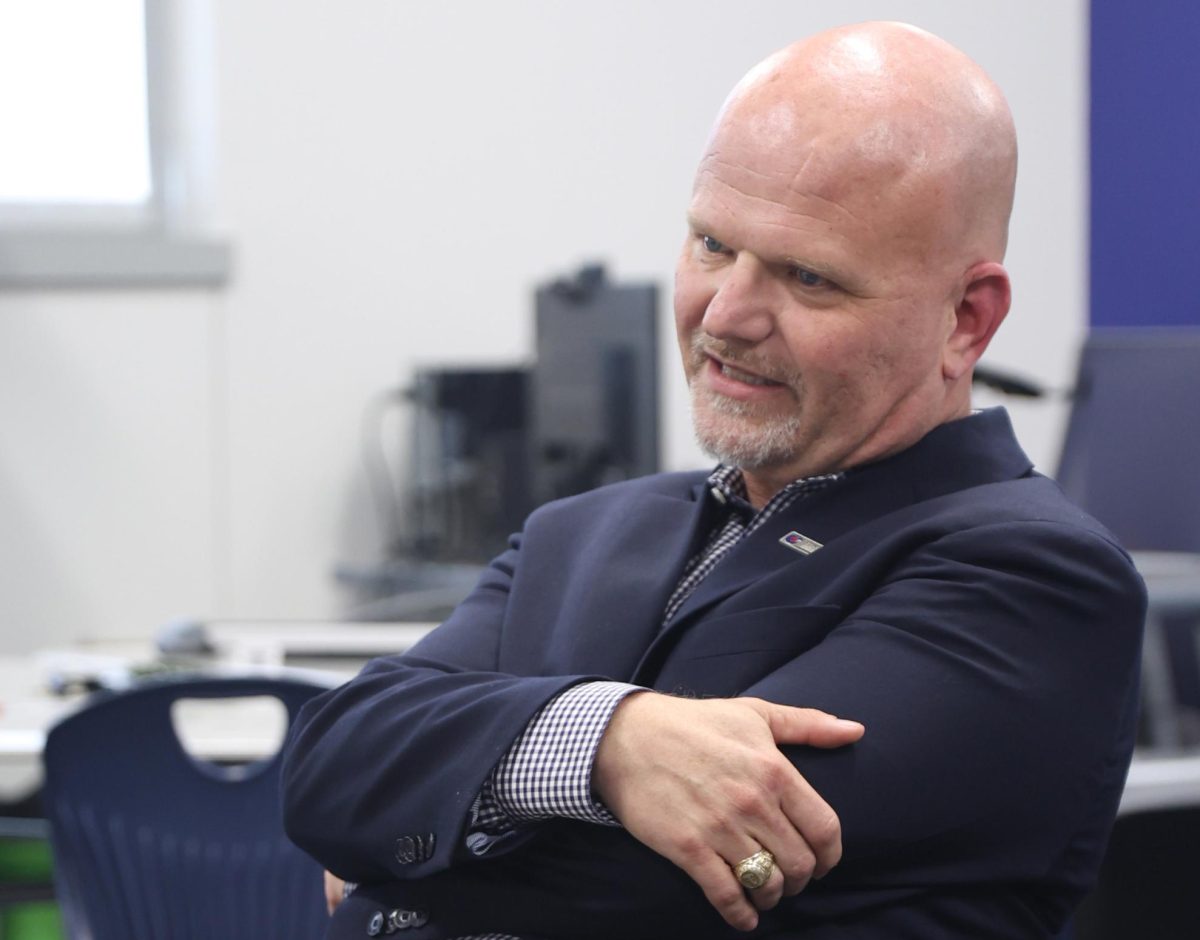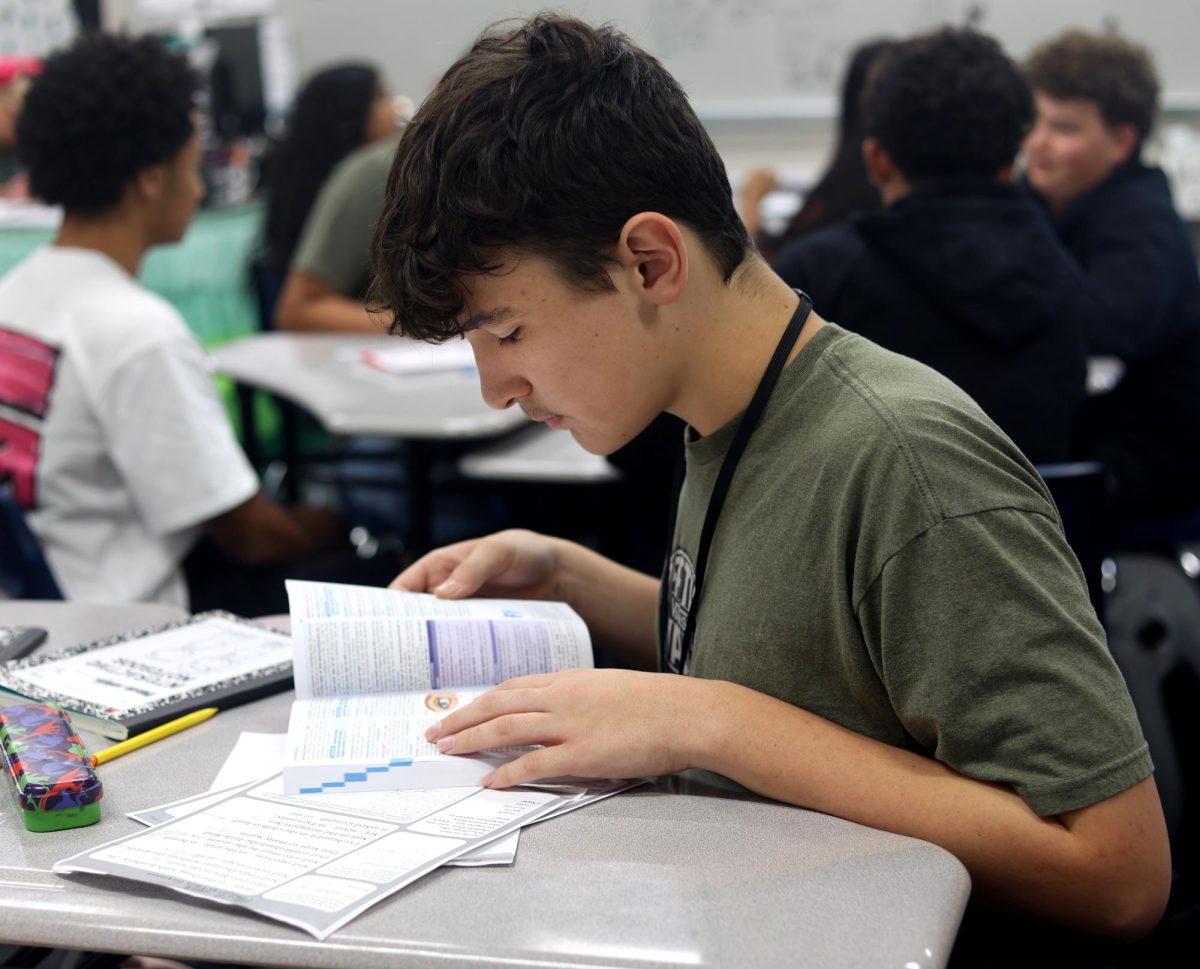HB-1481, a bill to ban cellphones in public schools, currently sits in the Texas House Public Education Committee.
Conroe Independent School District’s current cellphone policy prohibits them during instructional time but high school teachers may allow their use for educational purposes. The proposed law, however, is an outright ban. It writes:
Notwithstanding Section 38.0231, the board of trustees of a school district and the governing body of an open-enrollment charter school shall adopt policies prohibiting students from using personal wireless communication devices during instructional time.
Policies adopted under Subsection (a) must require that classrooms designate a secure, out-of-sight area for the storage of personal wireless communication devices during instructional time.
This is misguided. Calculators faced similar pushback in the 70s to early 2000s. Educators and lawmakers were afraid that kids would rely on them, hindering their math skills.
In reality, calculators are harmless when used correctly. According to a study published in the Journal for Research in Mathematics Education (2003), students maintained math skills when not allowed to use calculators, even if instruction included them on a daily basis.
Avoiding calculators was a waste of time. The story will be the same with cellphones. They should be embraced rather than banned. Students can be taught how to use them the right way, a more beneficial and better use of time.
Phones can be productive time management tools. Apps like Google Calendar, Reminders and eGenda help students to organize assignments and events. According to Caney Creek Student Media’s Burnout Survey conducted in November, simply owning a cellphone is associated with a 177% improvement in time management confidence.
Take Student Media advisor Stephen Green’s journalism classes, for example. Beginning the second semester, he spent three days teaching time management skills to his students.
“He made it mandatory that we create a calendar on our phones. I thought it was BS at first, but it actually turned out to help me a lot,” junior Logan Day said. “Forcing myself to schedule things as soon as possible made my life a lot easier. I still use it to this day.”
Most students, however, haven’t been taught time management skills at all, rating them as below average, according to the survey.
In contrast, students taught and practicing good time management skills are 41% more likely to sleep longer and 34% more likely to get higher quality sleep. As a result, these students are 29% less likely to report feeling burned out.
Put simply, teaching time management can help students get more and better sleep, which is associated with less burnout.
“Time management plays a crucial role in improving sleep duration, which is directly tied to reducing the risk of burnout,” according to the survey. “Conversely, students with poor time management skills are at a heightened risk of insufficient sleep, which increases the likelihood of burnout.”
Phones are the best tool students have to manage their time effectively. Paper is usable but less convenient. They’re like stone tablets: great if nothing changes, but every adjustment leaves a mess. If something changes, you have to rewrite the task, time or event in a new spot. When digital, you only press a few buttons.
Paper can also be torn, forgotten at home or lost. Digital time management is permanent.
Teaching time management skills is also a more efficient use of time early on. In the beginning of the school year, days are spent going over policies that remain mostly unchanged from previous years. New rules are adopted here and there, but time is still wasted going over the same things everyone knows.
Instead, that time should be spent teaching students how to use their phones productively. That way, they can avoid harms associated with overuse and burnout while also being more efficient.
Policies like HB-1481 also fail to prepare students for the real world. Adults are expected to balance devices during meetings, job interviews and college lectures. Students won’t magically develop self-control just because their phone sat in a locker all year.
The point of school is to prepare students for life. Teaching kids to regulate their phone use is now an essential skill. Without it, they’re left to figure it out alone the moment they graduate. By then, bad habits are harder to break.















